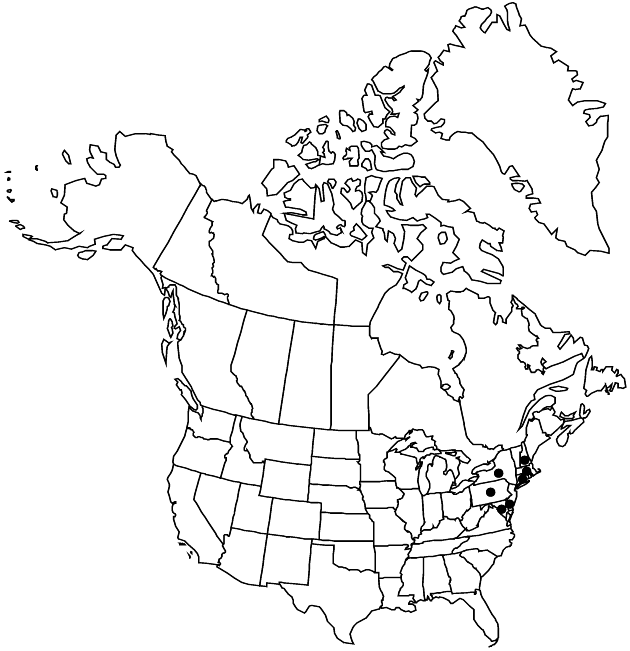Difference between revisions of "Rudbeckia laciniata var. bipinnata"
Rhodora 64: 328. 1962.
Common names: Northeastern cutleaf coneflower
Endemic
Treatment appears in FNA Volume 21. Treatment on page 49.
imported>Volume Importer |
imported>Volume Importer |
||
| Line 50: | Line 50: | ||
|publication year=1962 | |publication year=1962 | ||
|special status=Endemic | |special status=Endemic | ||
| − | |source xml=https:// | + | |source xml=https://bitbucket.org/aafc-mbb/fna-data-curation/src/2e0870ddd59836b60bcf96646a41e87ea5a5943a/coarse_grained_fna_xml/V19-20-21/V21_97.xml |
|tribe=Asteraceae tribe Heliantheae | |tribe=Asteraceae tribe Heliantheae | ||
|subtribe=Asteraceae (tribe Heliantheae) subtribe Rudbeckiinae | |subtribe=Asteraceae (tribe Heliantheae) subtribe Rudbeckiinae | ||
Latest revision as of 20:15, 5 November 2020
Leaves: basal 15–40 × 10–25 cm, blades pinnately compound to 2-pinnatifid; proximal cauline 2-pinnatifid, mid cauline blades 5–11-lobed (distal usually 3-lobed); adaxial faces sparsely to moderately hairy. Receptacles globose to ovoid; paleae 3.1–4.1. Ray laminae 20–45 × 7–12 mm. Discs 15–19 × 10–20 mm. Cypselae 3.5–4 mm; pappi mostly 0.7+ mm. 2n = 72, ca. 72, 102+.
Phenology: Flowering late summer–fall.
Habitat: Wet habitats, along streams and edges of woods
Elevation: 10–300 m
Distribution

Conn., Del., Md., Mass., N.H., N.Y., Pa.
Discussion
Selected References
None.
Lower Taxa
None.